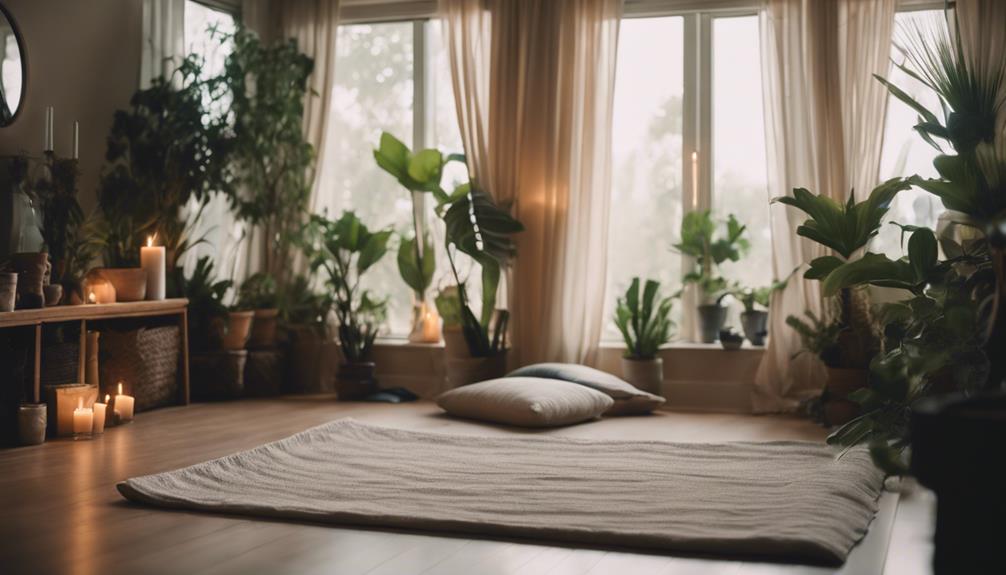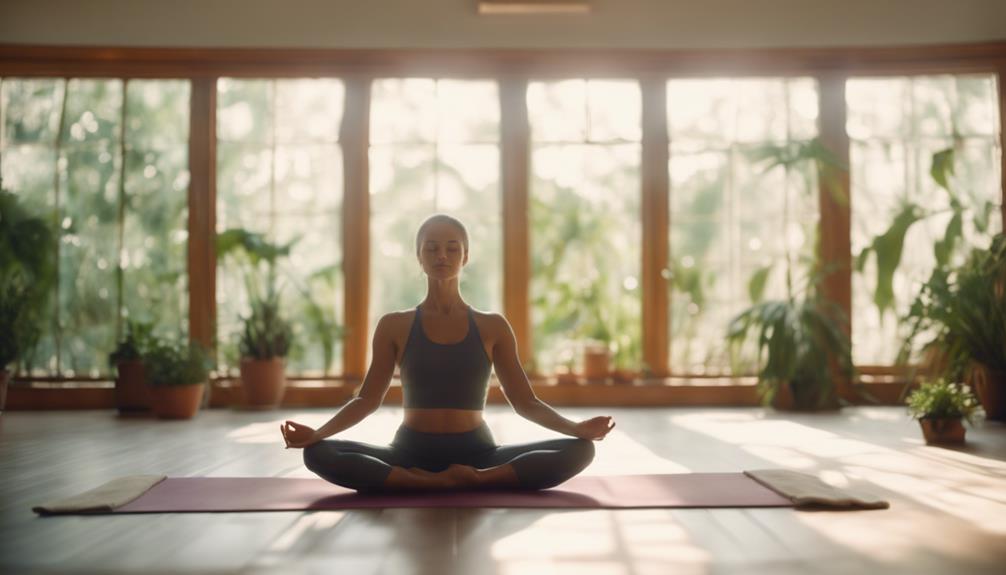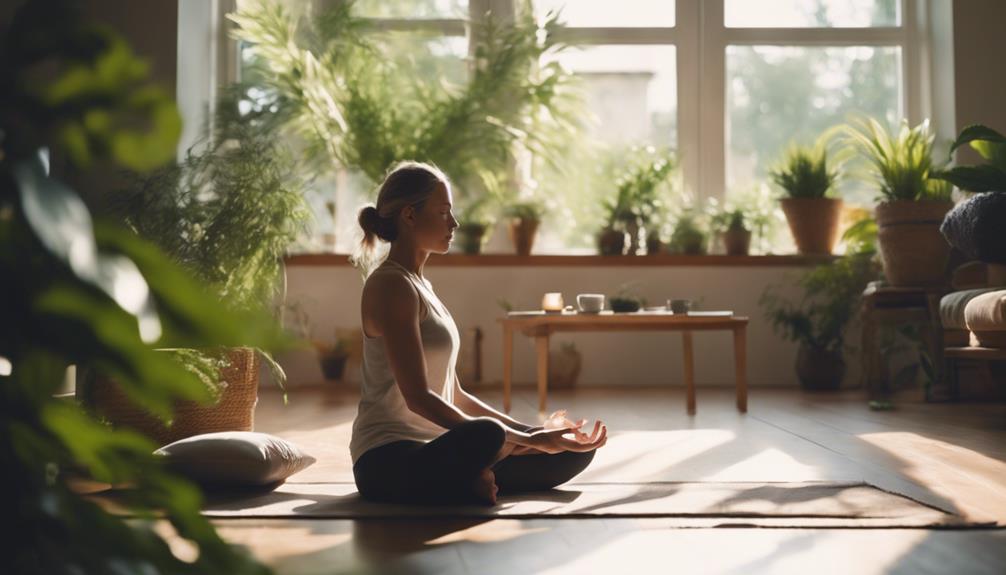Breath is commonly viewed as the platform between the body and the mind in yoga and meditation practices. How we breathe can colossally impact our physical and mental success, making it an essential part in these old practices. Whether you are a seasoned yogi or just starting on your meditation interaction, understanding the occupation of breath can overhaul your experience and deepen your practice.
1. The meaning of mindful breathing in yoga and meditation
Breath is the basis of life. It is something that we oversee absent any real faltering, however discerning breathing can altogether influence our physical, mental, and emotional thriving. In the practice of yoga and meditation, the breath expects a critical part in helping us with connecting with our inner selves and achieve a sensation of calm and balance.
Discerning breathing is the exhibition of paying care in regards to each breathe in and breathe out, focusing in on the quality and significance of the breath. Exactly when we breathe purposely, we can slow down our hustling thoughts, release tension in our bodies, and convey our mindfulness into the ongoing second. This mindful breathing permits us to foster a sensation of mindfulness, which is the practice of being totally present and mindful of our perspectives, sentiments, and sensations.
In yoga, the relationship among breath and advancement is highlighted in the practice of asanas, or poses. Each improvement in yoga is synchronized with the breath, making a flow of energy that helps with extending flexibility, strength, and balance. By focusing in on the breath during yoga practice, we can look at the body’s signs and move with more important mindfulness and point.
In meditation, the breath is used as a mark of combination to get the mind and addition obsession. By focusing in on the breath, we can calm the ceaseless visit of our perspectives and bring our thought inward. This permits us to enter a state of deep loosening up and quietness, where we can give up stress and anxiety and experience a sensation of peace and clarity.
Despite its physical and mental benefits, mindful breathing strongly influences our emotional flourishing. Exactly when we breathe mindfully, we can coordinate our sentiments, decrease vibes of anxiety and debilitation, and foster a more imperative sensation of compassion and love for ourselves as well as other people. By partner with our breath, we can exploit our inner resources of flexibility and strength, allowing us to investigate the highs and lows of presence no perspiration and magnificence.
All around, the meaning of discerning breathing in yoga and meditation can’t be overstated. By looking at our breath, we can get to our inner knowledge and point of interaction with the encapsulation of what our personality is. Through the practice of mindful breathing, we can foster a more noticeable sensation of peace, clarity, and flourishing that can transform ourselves in critical ways.
2. How deep breathing helps with calming the mind and reduce stress
One of the basic pieces of both yoga and meditation is deep breathing. It could have all the earmarks of being fundamental, yet the exhibition of taking slow, purposeful breaths can competently influence the mind and body. Exactly when we participate in deep breathing, we sign to our tangible situation that this moment is the perfect time to loosen up. This impels the parasympathetic tangible framework, which is responsible for calming the body and diminishing stress.
Exactly when we are stressed, our body goes into “fight or flight” mode, conveying hormones like cortisol and adrenaline that put us in a position to answer quickly to an obvious risk. This is important in emergency conditions, yet when stress becomes chronic, these hormones can release ruin on our health. Deep breathing helps with adjusting this stress response by sanctioning the loosening up response.
The show of taking slow, deep breaths passes a message on to the brain that everything is great. This helps with turning off the stress response and lessening the levels of cortisol in the body. Accordingly, we experience vibes of calm and loosening up. Deep breathing similarly helps with cutting down heartbeat and circulatory strain, further indicating to the body that it is safeguarded to loosen up.
As well as calming the body, deep breathing similarly strongly influences the mind. Exactly when we are stressed, our examinations will as a rule race and our mind can feel scattered. Deep breathing helps with returning our mindfulness to the ongoing second, allowing us to focus in on right here and now. This can help with calming the mind and reduce impressions of anxiety and overwhelm.
Right when we partake in deep breathing during yoga or meditation, we make a sensation of mindfulness that permits us to relate even more deeply with our inner selves. This can help us with getting clearness and perspective on our perspectives and sentiments, provoking a more conspicuous sensation of peace and thriving. Deep breathing can moreover help with dealing with our ability to think and focus, simplifying it to deal with tasks with a sensible mind.
Overall, the practice of deep breathing is a basic resource for diminishing stress and calming the mind. Via cutting out an open door to take part in slow, purposeful breaths, we can impel the loosening up response and balance the damaging effects of chronic stress. Coordinating deep breathing into your yoga and meditation practice can help you with fostering a more conspicuous sensation of peace, loosening up, and success in both your body and mind.
3. The relationship between breath control and energy flow in the body
Breath control, generally called pranayama, is a fundamental piece of yoga and meditation practices. It expects a crucial part in working with the flow of energy all through the body. The breath is supposed to be the platform between the mind and the body, partner our physical and mental perspectives in a friendly way.
Exactly when we breathe purposefully and with mindfulness, we can exploit the body’s energy holds and channel this fundamental life force all through our system. By controlling the breath, we can influence the flow of prana, or life force energy, inside us. This can altogether influence our overall flourishing and can help with retouching and balance the body, mind, and soul.
In yoga, the practice of pranayama incorporates different breathing techniques that are planned to decontaminate, enable, and balance the body. For example, deep stomach breathing can help with calming the mind and abatement stress, while fast breathing exercises can increase energy levels and animate the body. By sorting out some way to endlessly control the breath, we can direct the flow of energy to where it is most expected in the body, promoting repairing and centrality.
In meditation, the breath is used as a mark of combination for mindfulness and concentration. By seeing the breath as it moves generally through the body, we can set up the mind to end up being more present and mindful. This can help with calming the incessant chatter of the mind and accomplish a sensation of inner peace and quietness. As we deepen our cognizance of the breath, we can exploit a deeper relationship with ourselves and with the far reaching energy that flows through each living being.
The relationship between breath control and energy flow in the body isn’t just a physical one; it is moreover deeply spiritual. In various old traditions, including yoga and meditation, the breath is seen as a blessed areas of strength for and that interfaces us to the sublime. By handling the power of the breath, we can lift our perception and mix to higher states of mindfulness. This can provoke a huge sensation of relationship with our overall environmental elements and a deeper understanding of our spot in the universe.
With everything taken into account, the occupation of breath in yoga and meditation is perplexing and huge. By sorting out some way to endlessly control the breath, we can exploit the body’s energy saves and channel this fundamental life force all through our structure. The relationship between breath control and energy flow in the body is serious areas of strength for a that can provoke patching, balance, and spiritual turn of events. Through the practice of pranayama and mindfulness meditation, we can foster a deeper relationship with ourselves and with the broad energy that flows through each living being.




